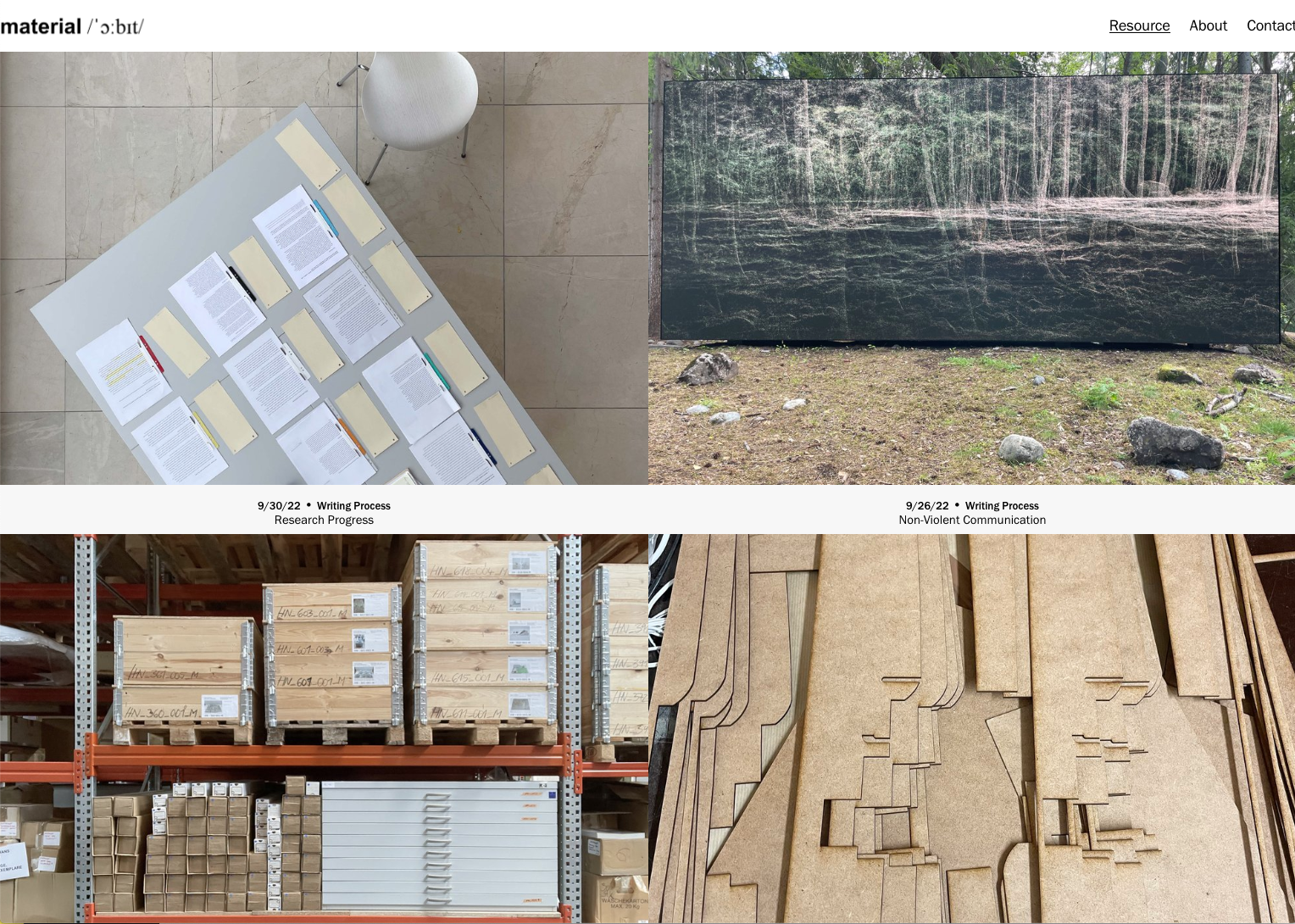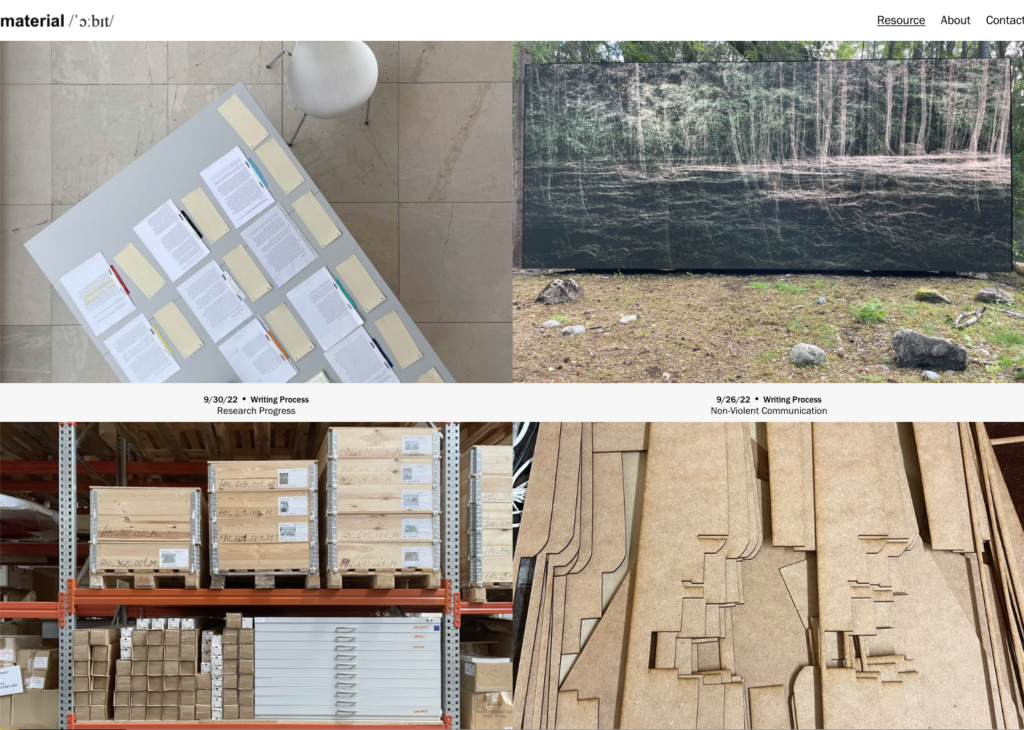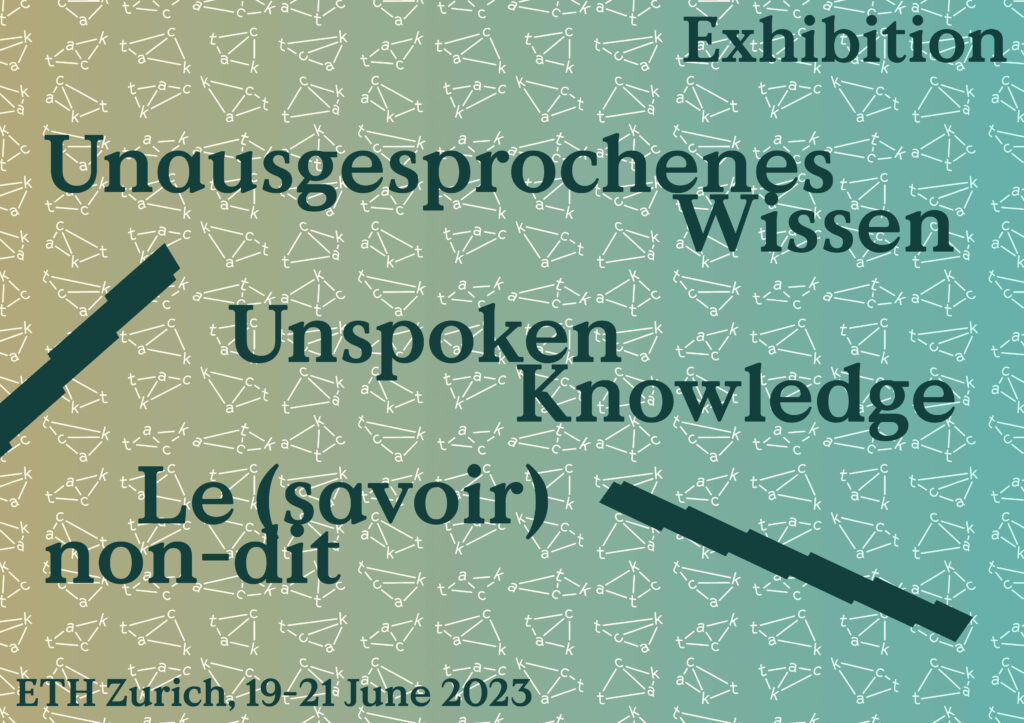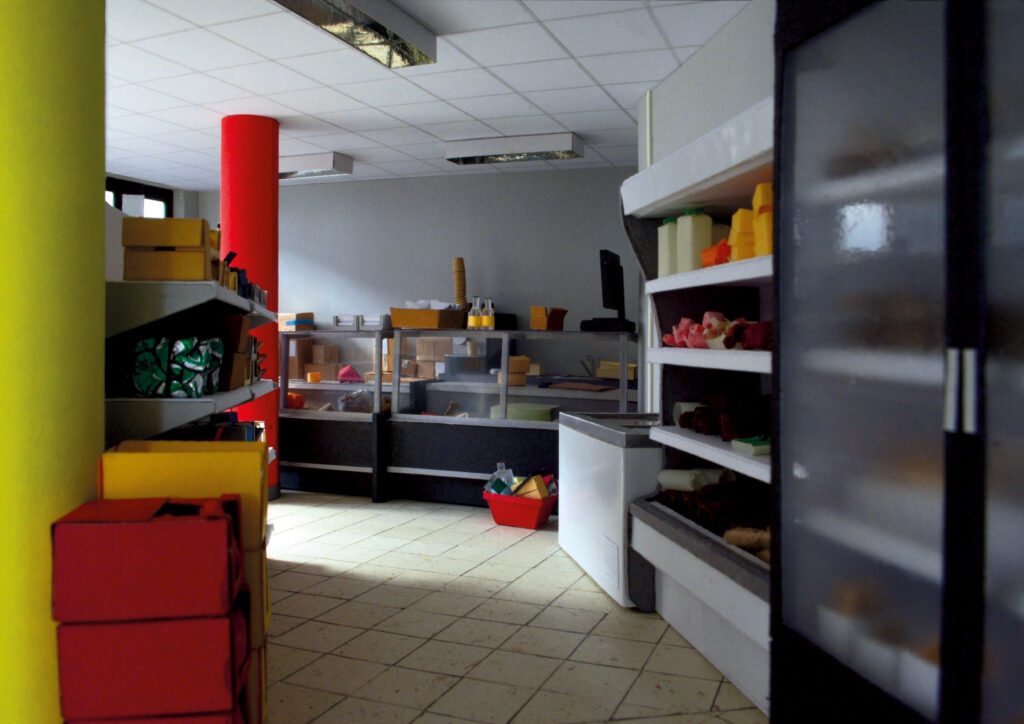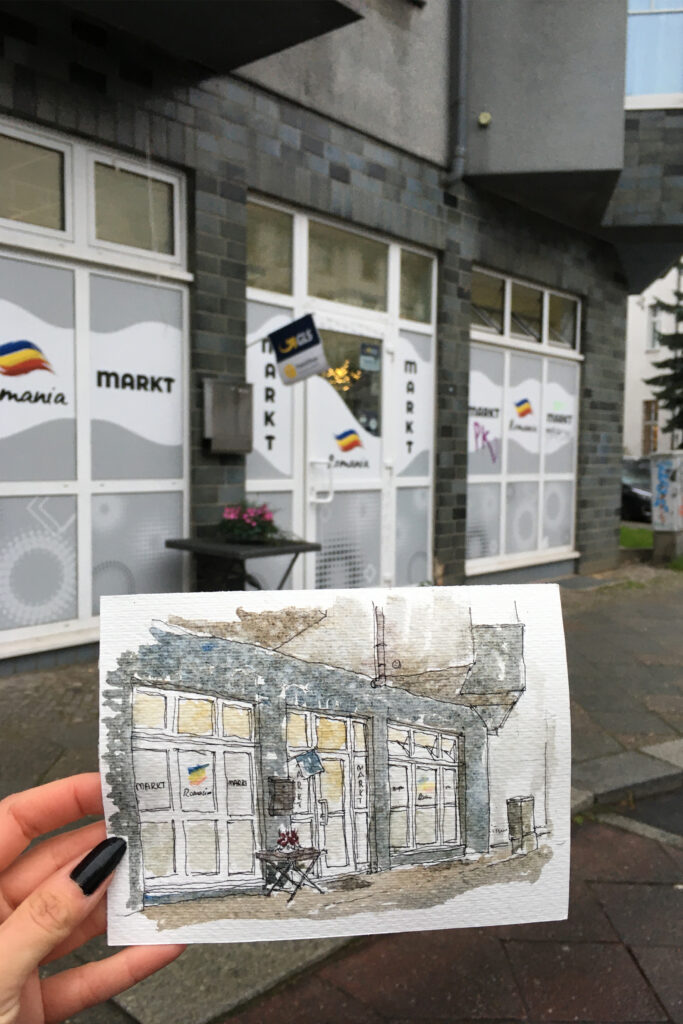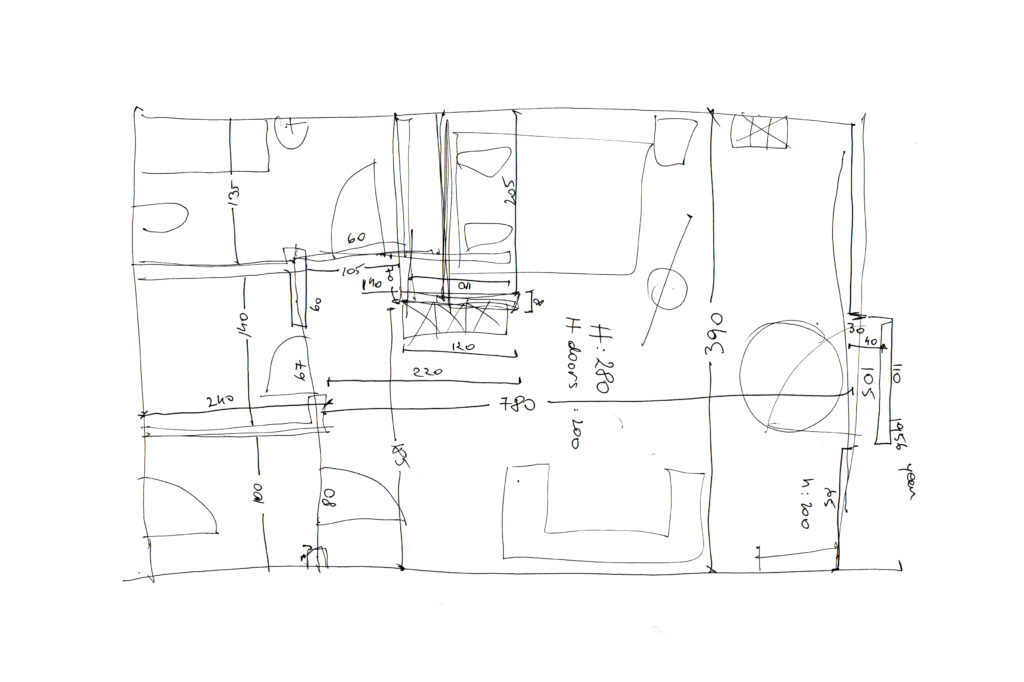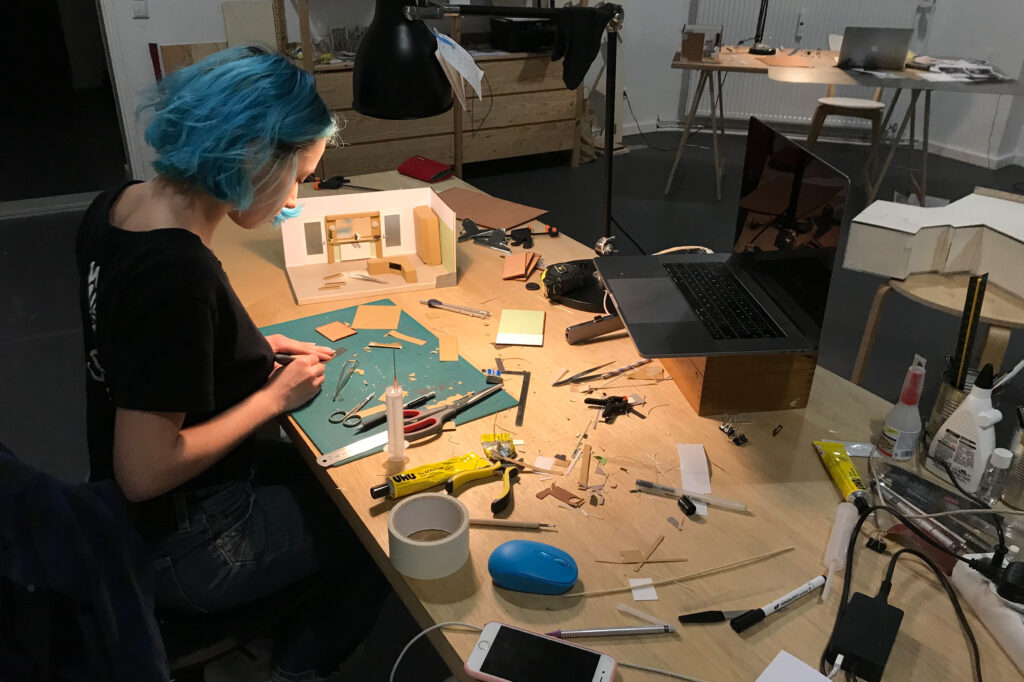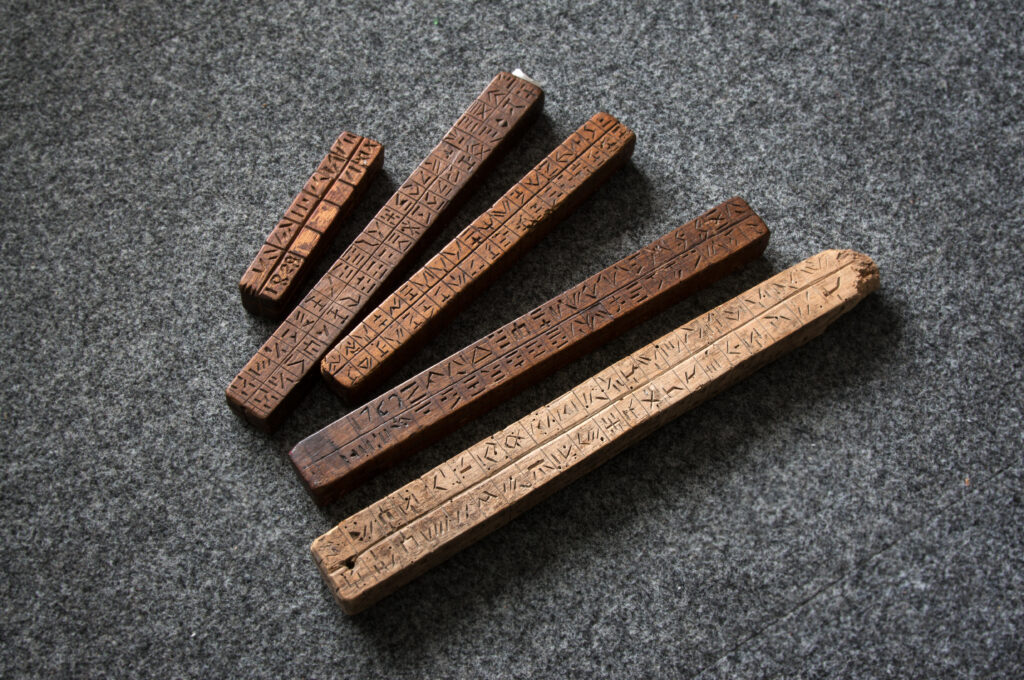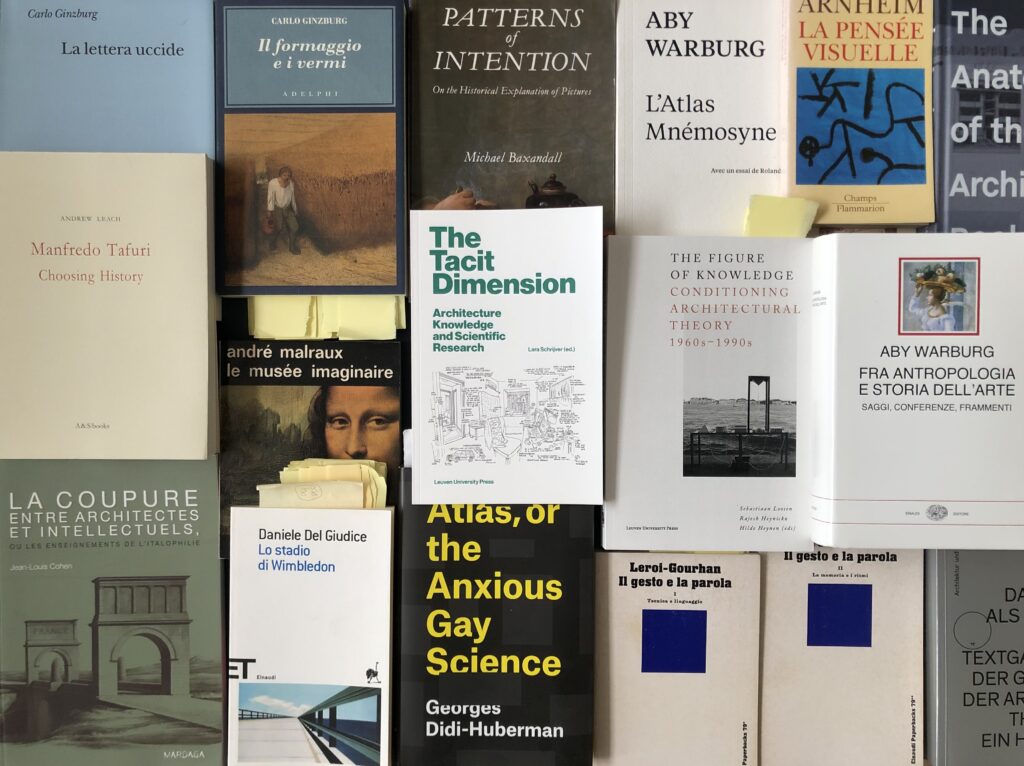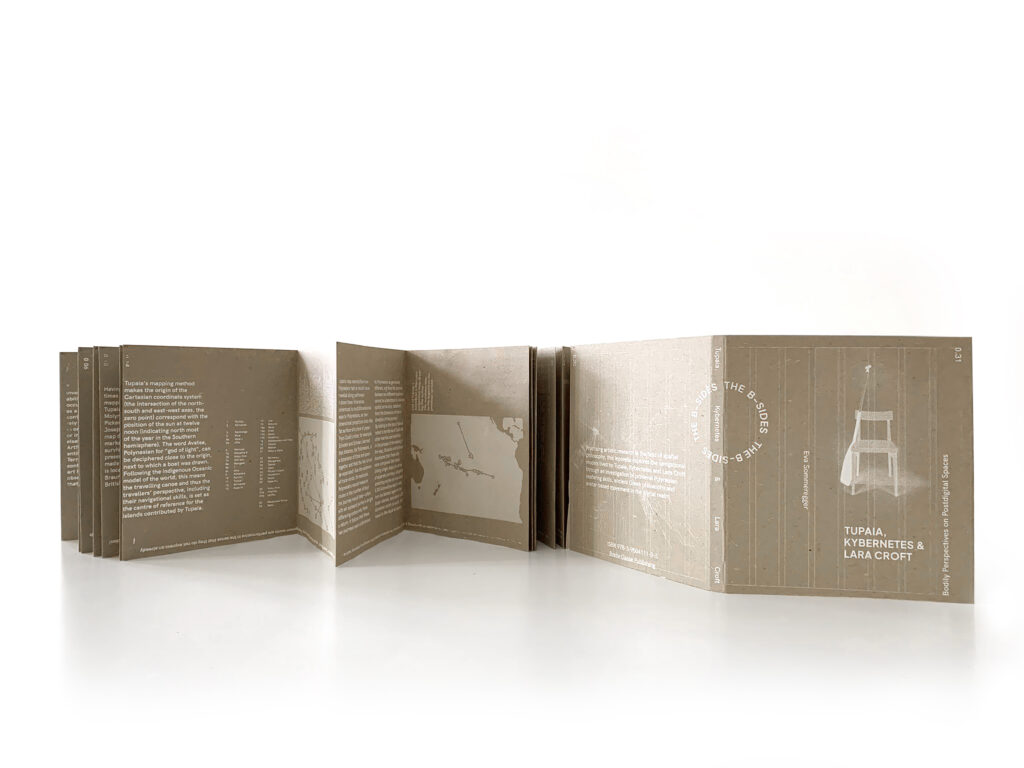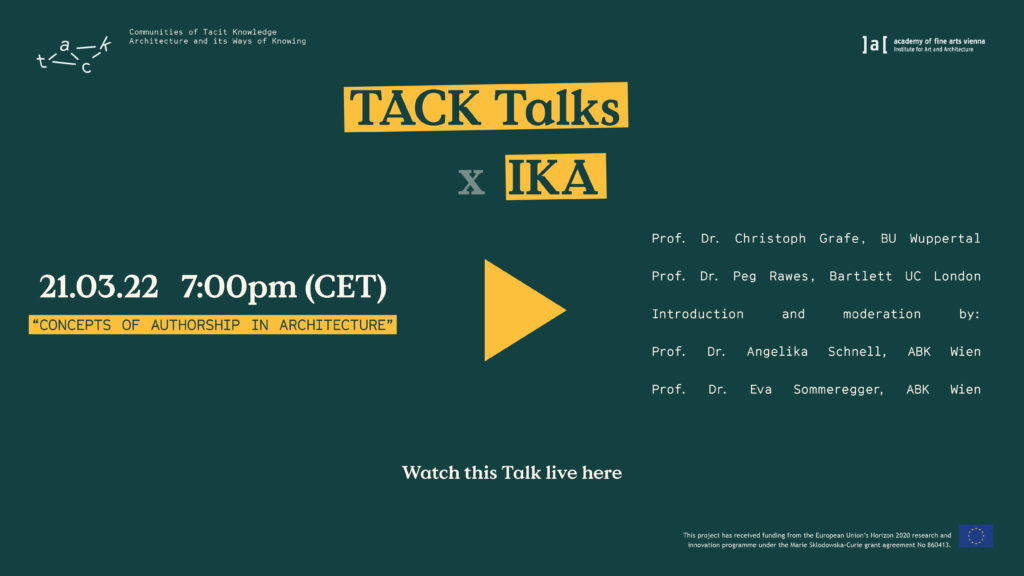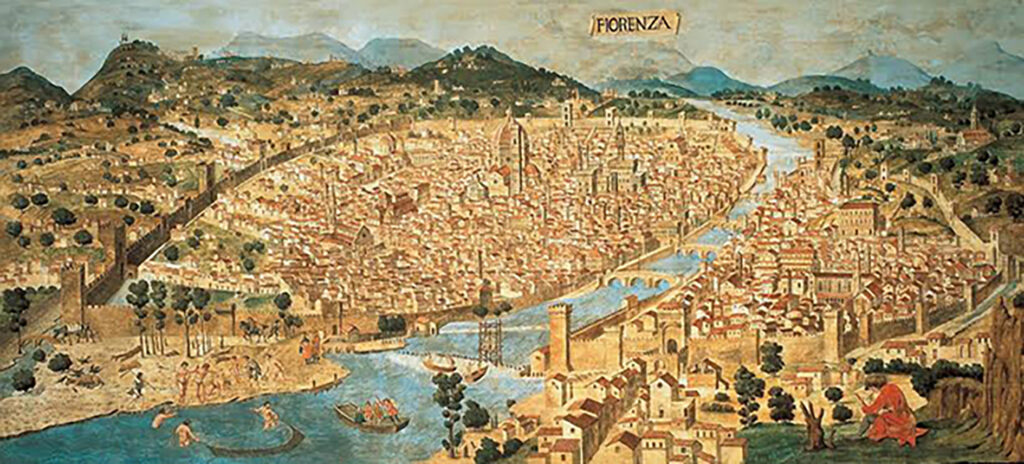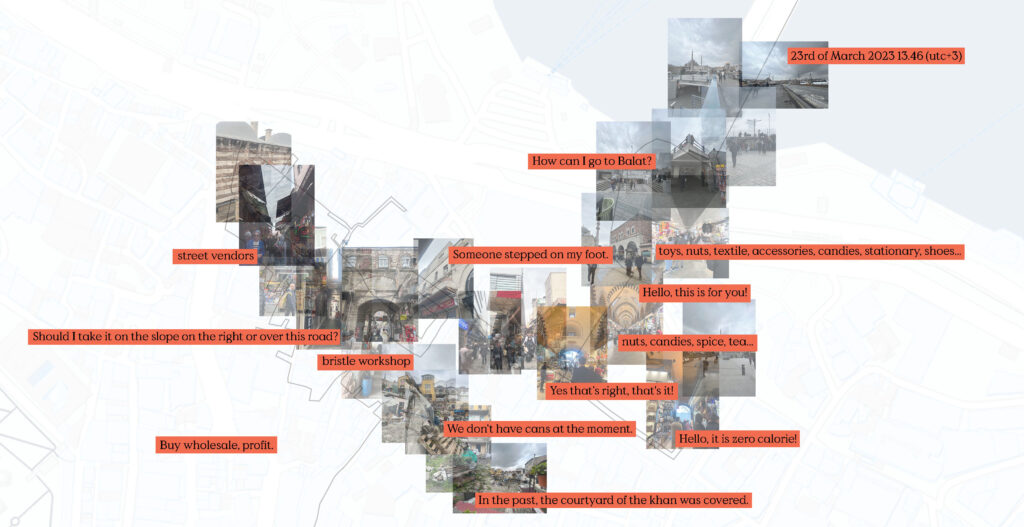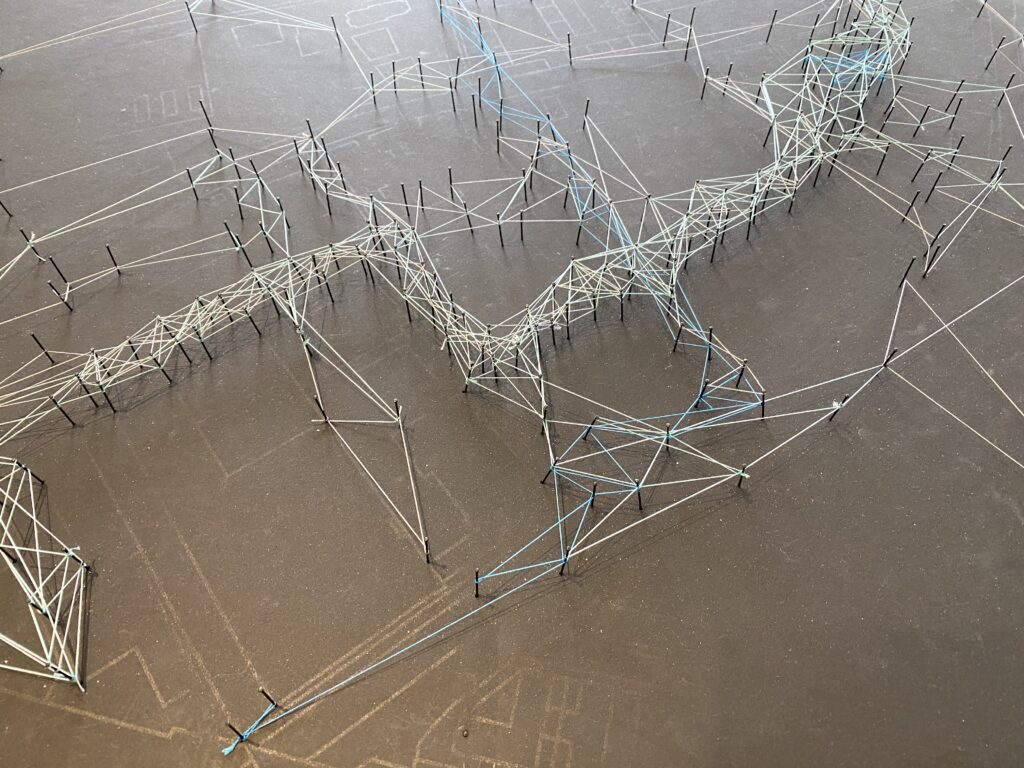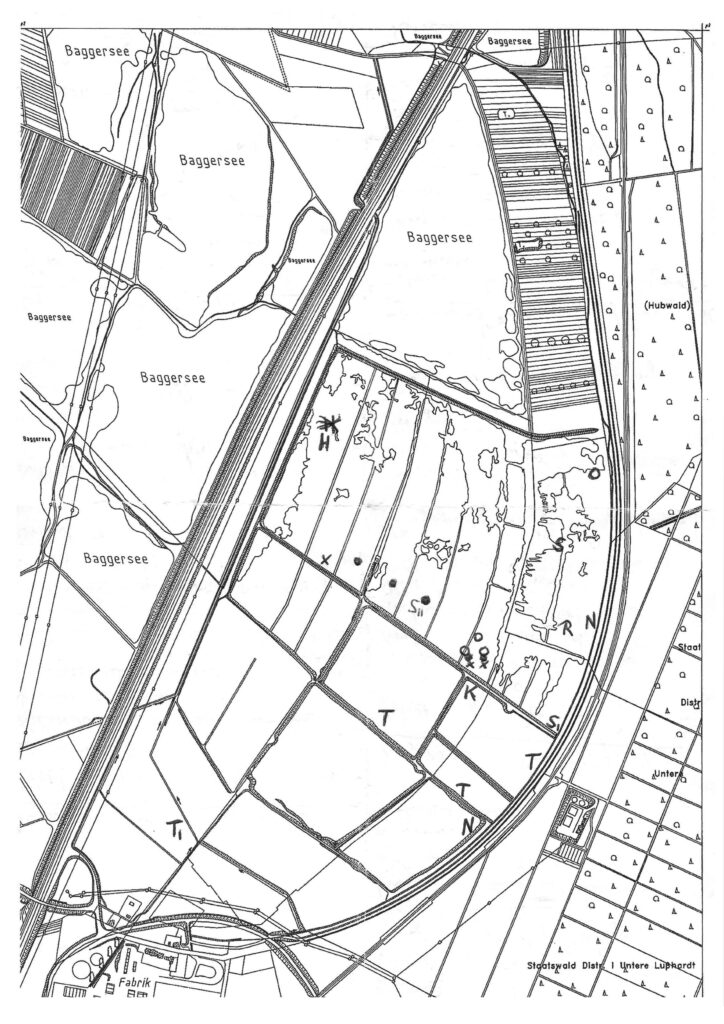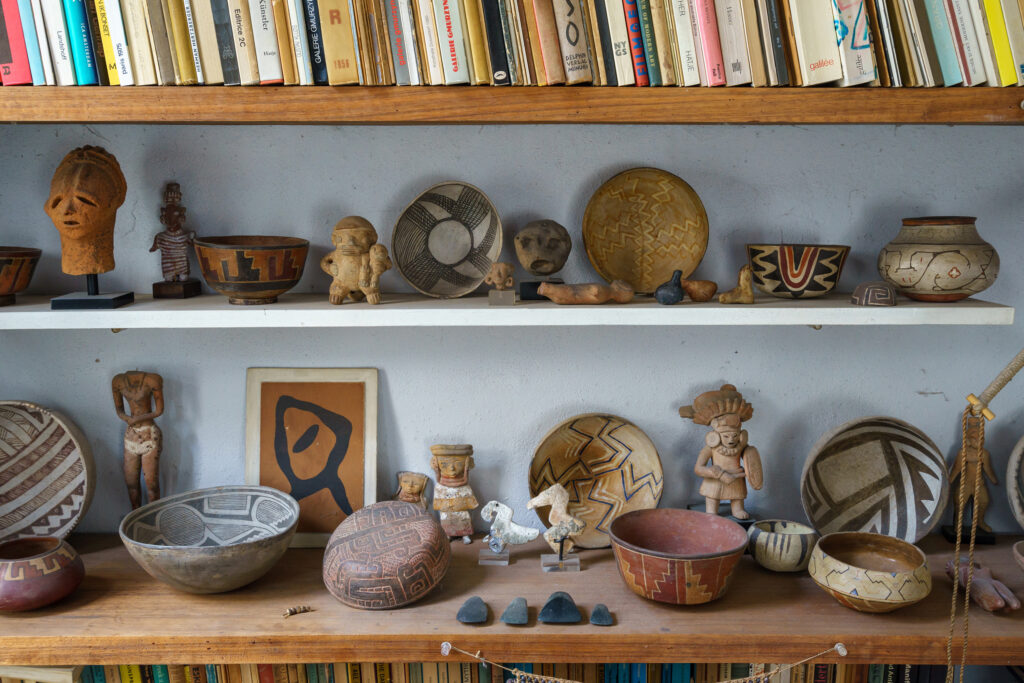Online Teaching Module
On Method: Tacit Knowledge in the Expanded Field of Architecture

© Anna Livia Vørsel
Anna Livia Vørsel
Helena Mattsson
Helena Mattsson
Jennifer Mack
KTH Royal Institute of Technology, KTH School of Architecture
Online Teaching Module
February 10, 2022
View
On Method: Tacit Knowledge in the Expanded Field of Architecture
Anna Livia Vørsel
Helena Mattsson
Helena Mattsson
Jennifer Mack
KTH Royal Institute of Technology, KTH School of Architecture

© Anna Livia Vørsel

© Anna Livia Vørsel

© Anna Livia Vørsel

© Anna Livia Vørsel

© Anna Livia Vørsel

© Anna Livia Vørsel


